The Rogue Prince of Persia came up as a bold experiment: a reimagining of the Prince of Persia series in a 2D roguelike format, developed by Evil Empire, a studio from the creators of Dead Cells, and published by Ubisoft. Early access was released in May 2024 on Steam, followed by an intense feedback cycle that resulted in more than fifteen updates before the full release on August 20, 2025, for PlayStation 5, Xbox Series X/S, and PC.
The game also arrived on Xbox Game Pass on Day One on that date, with Nintendo Switch and Switch 2 versions expected to arrive still in 2025.
This release strategy reinforces how much Ubisoft's committed to exploring new territory for the series, delivering a distinct and modern approach without giving up the identity that has cemented the Prince's legacy over the decades.
Visual and Sound Style
The game's artistic style stands out immediately. The cartoonish, comic-book-like visuals are colorful and vibrant, but also carry an elegant subtlety that brings the Persian setting to life. The environments seem to pulsate with energy, almost as if they were characters inside the narrative. The fluidity of parkour is enhanced by the graphic style, creating a harmony between art and gameplay that makes the game enticing to the public.
The soundtrack’s another highlight; the fusion of traditional Persian instruments with modern electronic beats creates an exciting atmosphere. The music becomes addictive, staying in your head even after you turn off the console. It’s one of the most memorable soundtracks in the series because it manages to balance cultural tradition and modernity, bringing immersion into the game's universe.
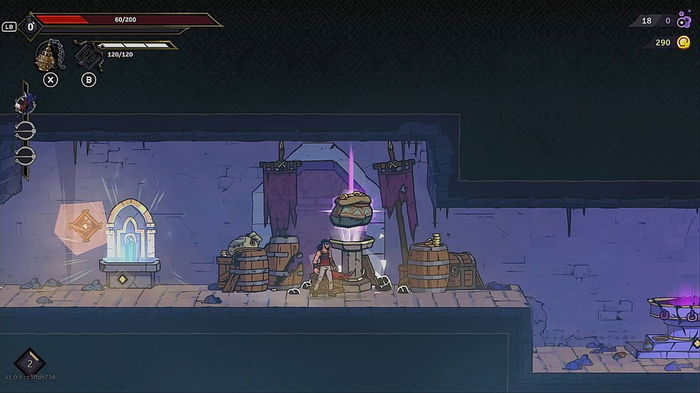
Gameplay and Main Mechanics
The heart of the game is its gameplay. The prince runs along walls, jumps, climbs, rolls, and attacks enemies with impressive fluidity. It's impossible not to compare this feeling to the freedom of movement in Dead Cells, but here it takes on a unique twist, marked by parkour as a central element of exploration. This system is the key differentiator of this game: where other roguelikes rely on pure agility, The Rogue Prince of Persia demands creativity to use the environment to your advantage.
Combat is straightforward, but deep. The prince's arsenal consists of primary weapons, such as swords, axes, and claws, and secondary weapons, such as bows and projectiles. This variety allows the player to choose the fighting style that best suits their approach. There’s also medallions, which work as passive abilities. With four available slots, it's possible to combine them and create interesting synergies, something that makes us want to experiment with various combinations.
The structure is that of a classic rogue-lite. Each death restarts the journey, but progress isn’t lost: the prince returns to the hub called the Oasis, where he can buy items, unlock upgrades, and interact with characters who expand the narrative. This slow but steady progression creates the feeling that each attempt matters, even when victory’s not achieved.
The levels are procedurally generated, offering distinct biomes and varied challenges. Each scenario has its own visual identity and obstacle mechanics, which avoid monotony. In the initial version, there were only six biomes and two bosses, but with updates, the content’s grown significantly, doubling the number of areas, weapons, and enemies. This constant evolution is a testament to the studio's commitment to keeping the game fresh and challenging over time.
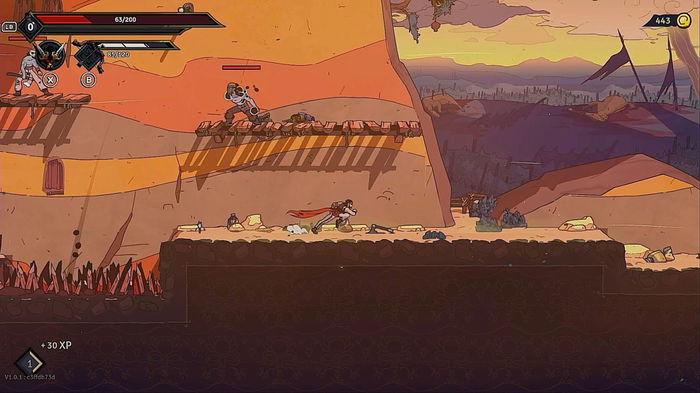
Narrative and Setting
The story of The Rogue Prince of Persia is simple on purpose, working more as a backdrop to the action than as a cinematic plot. Ctesiphon is under invasion by the Huns, who use dark magic to subjugate the city. The prince, trapped in a time loop, news to find a way to break this cycle and save his people.
The narrative’s delivered through written dialogue and character interactions in the Oasis; the game doesn’t have voice acting. This may push away some players looking for greater immersion, but it also reinforces the game's central focus: the cycle of trial and error that guides both gameplay and plot. The story, therefore, becomes functional, providing only what's necessary to contextualize the journey and leaving the rest to the action.
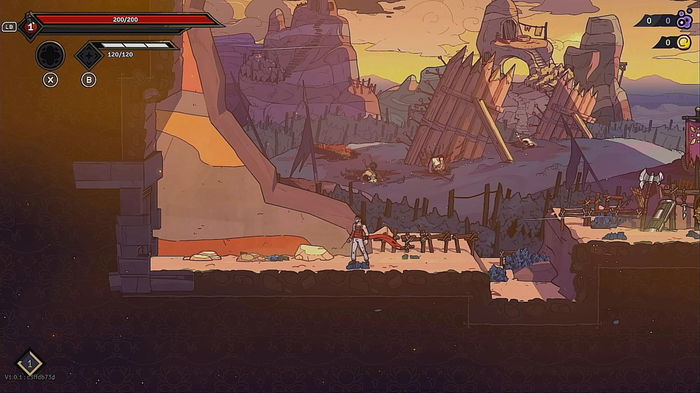
Pros and Cons
One of the game's greatest strengths is its gameplay. The fluidity of parkour combined with agile combat creates a unique sense of movement and power, something rarely achieved in roguelikes. Every wall climb, every well-executed jump, and every well-timed dodge reinforce the idea that the player is truly in control of the prince.
Another highlight is the art style. Unlike many titles that try for realism or minimalism, here we have a vibrant, colorful visual identity with its own personality. This artistic direction not only sets the game apart within the franchise but also places it in a prominent position in the indie and AA scenes.
The soundtrack is a spectacle in itself. Composer Daniel Asadi has managed to create compositions that blend tradition and modernity, bringing cultural authenticity without sacrificing the intensity that an action game demands. It’s one of the most outstanding soundtracks in recent years within the genre.
The progression system also deserves praise. The death-and-return-to-the-Oasis loop gives purpose to each attempt, while medallions offer variety and creativity in strategizing. With each run, the player feels like they're evolving, be it in skills or in knowledge of the environments and enemies.
Finally, Evil Empire's commitment to the community is remarkable. The game received several significant updates before its full release, incorporating player feedback. This shows a rare level of care in major franchises and demonstrates the developer's respect for its fanbase.
Points for Improvement
Despite what it got right, The Rogue Prince of Persia isn't perfect. The first point to mention is the limited initial content. In the first months of early access, players encountered little variety in biomes and enemies, which led to a feeling of repetition. Although this has been partially addressed with updates, there’s still room for more diversity.
Another aspect criticized was the precision of the controls. At times, the parkour seemed to "stick" too much to walls or not respond as smoothly as expected, hindering sections that required high precision. This kind of detail in a game where movement’s everything can lead to frustration.
The medallion progression, while fun, also lacks greater depth. Many combinations still feel superficial and lack impact, making some runs predictable. Expanding this system could further increase replayability.
Technical issues were also reported, such as crashes and occasional bugs in menus and more advanced levels. Nothing that completely compromised the experience, but enough to make some players uncomfortable.
Finally, the lack of voice acting lowers the narrative's immersion. While not the title's focus, hearing the characters' voices could bring the plot to life and bring players closer to the story.
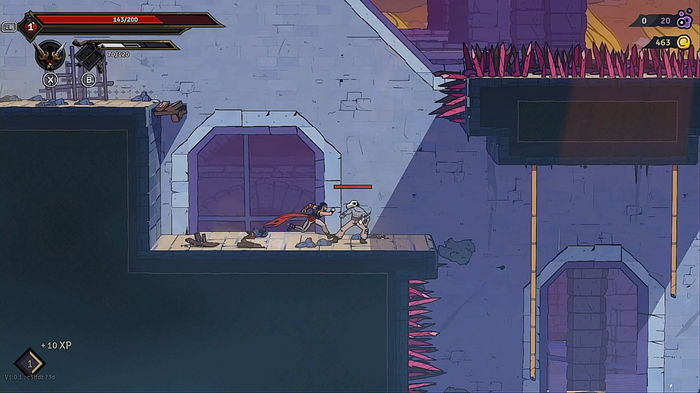
Updates and The Future of the Game
The full release brought significant improvements over the early access version. New biomes, additional bosses, a conclusion to the narrative arc, and balance adjustments made the package much more robust. Additionally, previous updates had already added dozens of weapons, enemies, and graphical refinements.
The studio’s already expressed a willingness to continue expanding the game, depending on audience reception. If its success continues, we can expect new areas, enemies, modes, and even themed content that’ll extend the game's longevity. This strategy could solidify The Rogue Prince of Persia as one of the most complete roguelike experiences available today.
Comparison with the series and its legacy
This game represents a paradigm shift within the Prince of Persia series. While previous titles focused on linear narratives, time manipulation, and third-person combat, this one delves into a genre that prioritizes randomness, repetition, and pure skill.
Still, it keeps the essence of the franchise. The parkour, the Persian setting, and the dexterity-based challenge are all present. The big difference is that these elements are now reorganized in a more modern format, inspired by the success of recent roguelikes.
In a way, The Rogue Prince of Persia serves as a creative laboratory for Ubisoft, allowing them to experiment with bold ideas without compromising the franchise's roots. It's a reminder that even classic series can reinvent themselves in unexpected ways while maintaining their relevance in today's landscape.
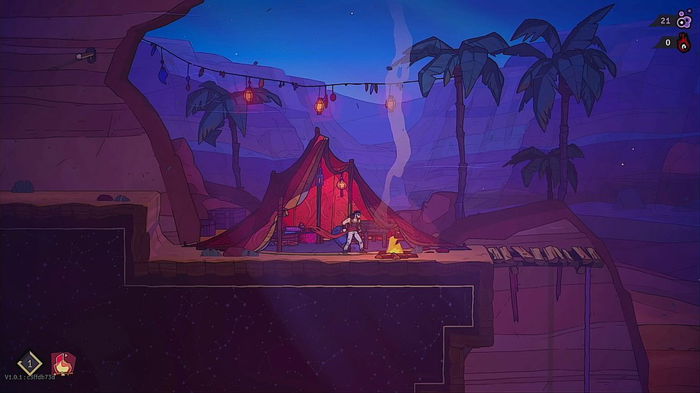
Conclusion
The Rogue Prince of Persia is a great game that combines tradition and innovation surprisingly. Its fluid gameplay, artistic style, and soundtrack make for a unique experience. Despite initial content limitations and some control precision issues, the game shows enormous potential and has already proven itself as one of the most interesting roguelike experiences available today.
For series veterans, it offers a new perspective on the prince without abandoning the DNA that made the franchise a classic. For roguelike fans, it delivers a creative movement system and a solid progression cycle that justify hours of dedication.
More than just a spin-off, The Rogue Prince of Persia represents a step into the future of the series. If Ubisoft and Evil Empire continue to invest in expansions and updates, this game could not only mark an experimental phase but also become a new pillar within the prince's universe.









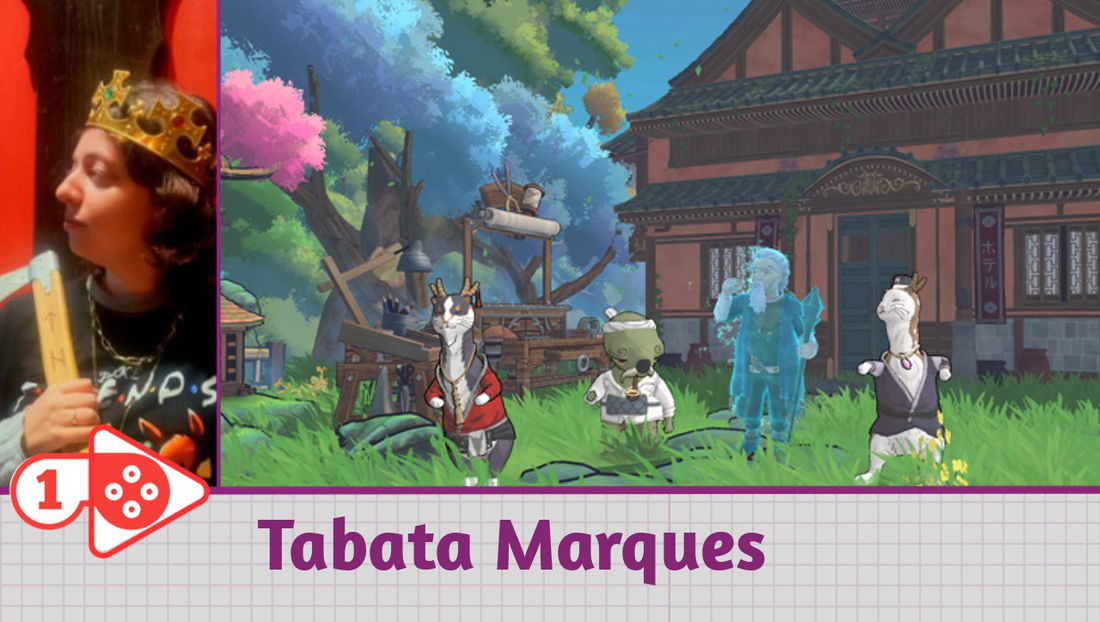



— Comentarios 0
, Reacciones 1
Se el primero en comentar